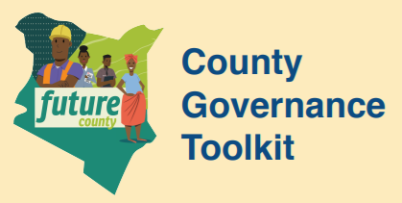Also referred to as “subsidiary legislation”, Regulation gives practical effect to law by (a) providing the stepwise detail necessary to enforce the law and (b) the mechanisms for monitoring such enforcement. At times, when a new policy is formulated or an existing one is reviewed, government might determine that enacting new regulation is sufficient to implement the policy change without need to pursue a full legislative process.
Linkages
Upstream: Constitution, National Policy, National Law/Statute, County Policy, County Law/Statute
Downstream: Programming
Description
Within the hierarchy of policy instruments, law is preceded by policy, and regulation by policy and/or law. Regulation represents the step-by-step guidance necessary to give effect to, implement, enforce policy and/or law and monitor such enforcement. Once policy has been passed, or law enacted, and a further need for regulation is identified, then a brief two-phase process is necessary. The first phase, led by the County Executive, involves drafting of the said regulation. CBEF, internal and external stakeholders and the general public should, where possible, participate in this process. Once the draft regulation is approved by the County Executive Committee, it is presented to the County Assembly for approval. On necessary delegation and assignment by the Speaker on behalf of the Whole House, the Assembly’s Delegated Legislation Committee, as well as any Sector Committees, will consider the said regulation, including any views from stakeholders and the public. Recommended approval of the regulation is then done by the Assembly, and subsequenty, the Governor, after which it is gazetted as subsidiary legislation.
